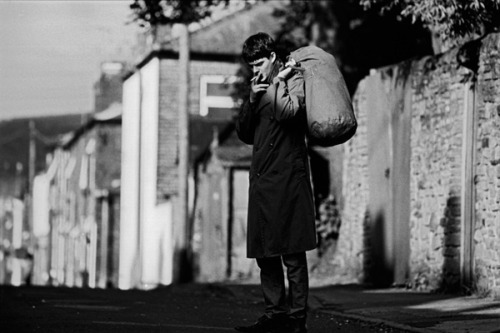

Most notable for fronting the iconic post-punk band Joy Division and tragically committing suicide at the young age of twenty-three, Ian Curtis is a renowned Manchester legend whose legacy plays an essential part in the city’s rich music history. The film’s grainy, monochromatic colour palette is so reminiscent of those iconic photographs that it is often hard to tell where lead actor Sam Riley ends, and the memory of Ian Curtis begins.īased on Deborah Curtis’ (Samantha Morton) biography “Touching from a Distance”, the film follows the last few years of Ian Curtis’ short life. Corbijn opts for the same style in his 2007 film Control, the biopic of the late Ian Curtis’ life.

His black and white images contributed fundamentally to the band’s gloomy, melancholic image and recognisable aesthetic. Ian Curtis as photographed by Anton Corbijn.Ĭontrol’s director Anton Corbijn photographed Curtis and the rest of Joy Division while they were rising to fame in the late ’70s. His young and stoic face engulfed in a plume of smoke, rising from an ever-present cigarette held gently in his fingertips.

Atmospheric images in which his dark, neatly pressed clothes and short black hair stand out on a background of bright whites and soft greys. Ian Curtis does not exist in colour he exists in the grainy, monochromatic photographs of Anton Corbijn. This article was written exclusively for The Film Magazineby Leoni Horton of Leoni Horton Movies.


 0 kommentar(er)
0 kommentar(er)
